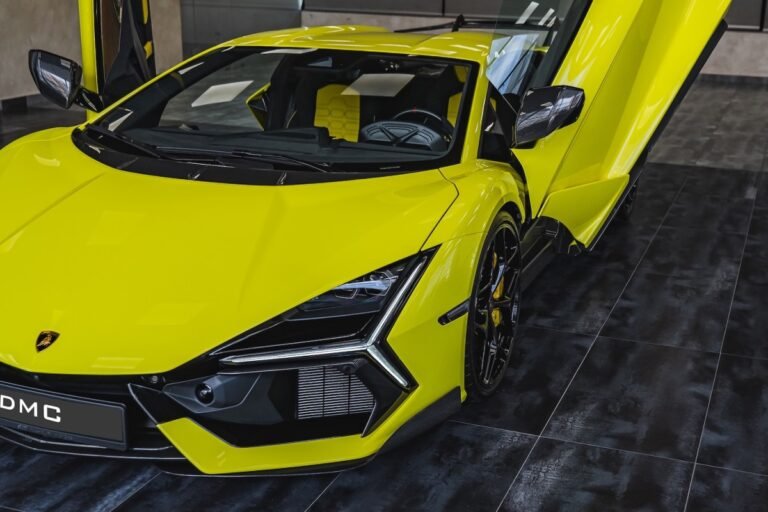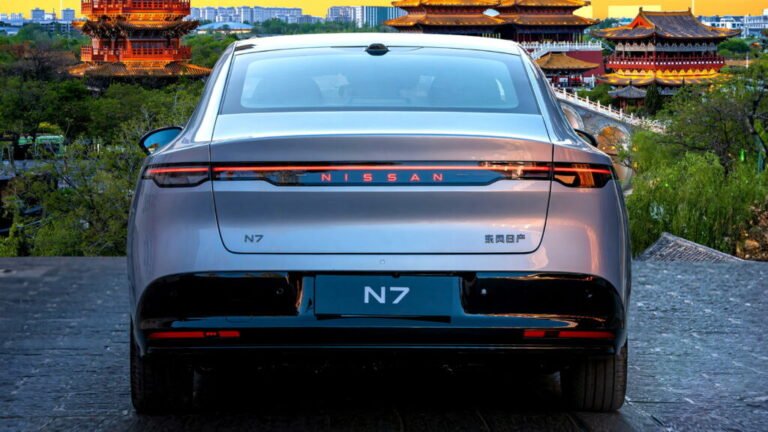
- Lamborghini appears to be working on an updated version of the Urus Performante.
- The prototype features lightly revised styling and an all-new plug-in hybrid powertrain.
- Powertrain includes a twin-turbo V8, 25.9 kWh battery, and all-wheel drive system.
Lamborghini introduced the Urus Performante in 2022 and that means it’s time for a facelift. However, the company isn’t just giving the model a nip and tuck as it’s also getting a new plug-in hybrid powertrain.
Recently spied undergoing testing on the Nordschleife, the facelifted Urus Performante has an evolutionary front fascia with revised bars and slats. We can also see revamped air intakes and a new daytime running light signature.
More: Mysterious Lamborghini Crossover Spied With Plug-In Hybrid Power
Additional changes are limited, but designers gave the crossover a new rear bumper and diffuser. The mid-mounted spoiler also appears significantly taller than the one found on the current model. Elsewhere, the exhaust looks new, although it’s hard to be certain at this point.
Camouflage hides a lot of details, but we can expect updated taillights and a revised liftgate that echoes the one on the Urus SE. Furthermore, there’s a charging port on the opposite side of the fuel filler.
SHProshots
While the current model has a twin-turbo 4.0-liter V8 producing 657 hp (490 kW / 666 PS) and 627 lb-ft (850 Nm) of torque, stickers reveal the new version will have a plug-in hybrid powertrain. It will presumably mirror the one used in the Urus SE, which features a twin-turbo 4.0-liter V8, a 25.9 kWh battery pack, and an electric motor that is integrated into an eight-speed automatic transmission.
This setup gives the crossover a combined output of 789 hp (588 kW / 800 PS). It enables the model to accelerate from 0-62 mph (0-100 km/h) in 3.4 seconds, hit a top speed of 194 mph (312 km/h), and have an EPA electric-only range of 35 miles (56 km). For comparison, the current Urus Performante hits 62 mph (100 km/h) in 3.3 seconds and tops out at 190 mph (306 km/h).
While the powertrain could be upgraded for use in the performance variant, the addition of plug-in hybrid technology seems at odds with the crossover’s lightweight focus. When the current model was introduced, the company boasted it had the “highest number of carbon fiber parts in its segment.” They went on to note these helped to eliminate 104 lbs (47 kg) of weight and give the model a best-in-class power-to-weight ratio.


